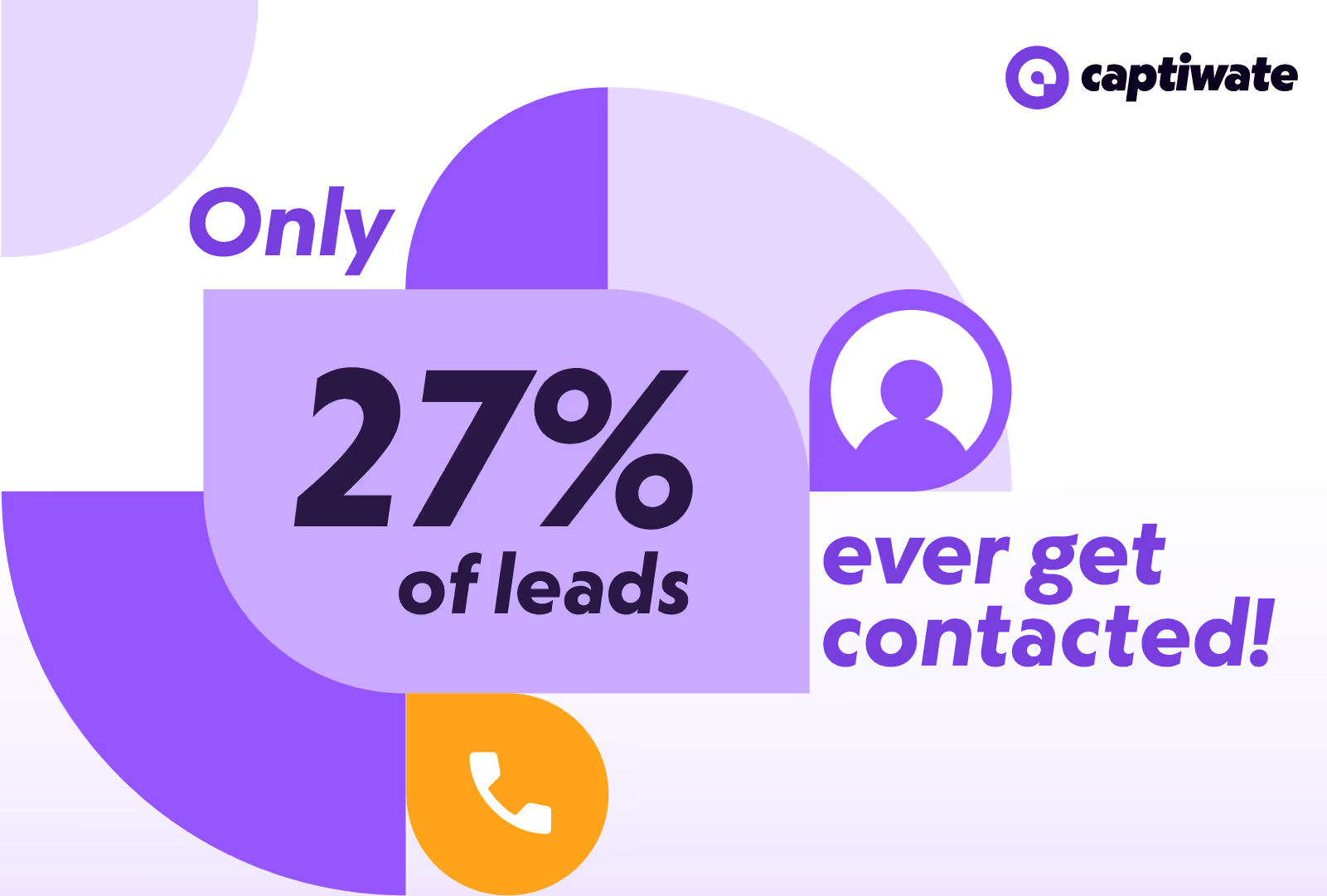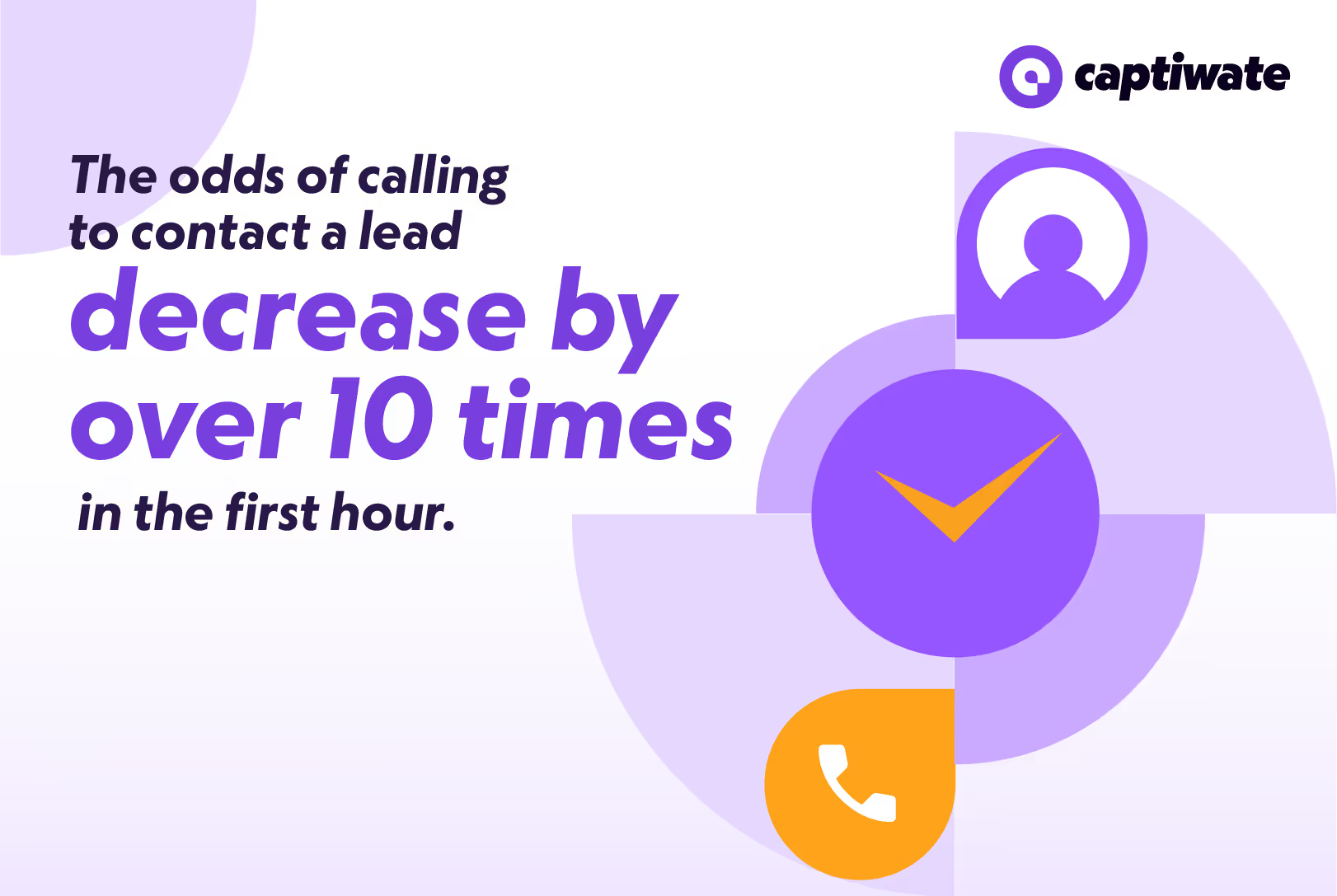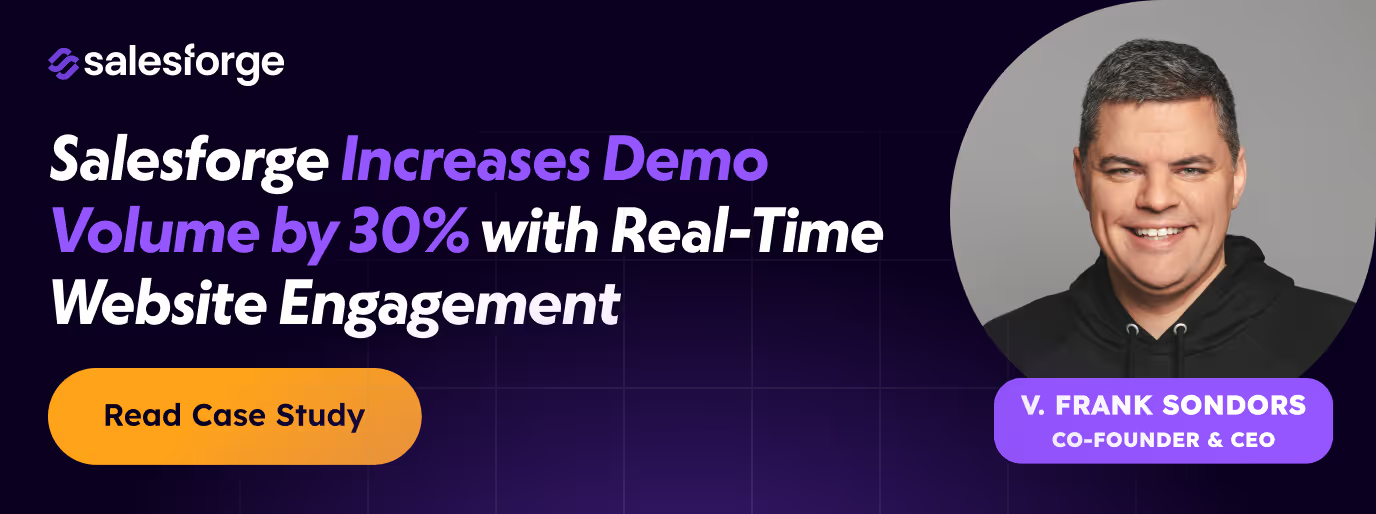While the Iron is Hot: Why your Lead Response Time is Costing You Business and What to Do About it


Lead response time, also known as speed to lead, describes how fast (or slow) a business is when it comes to responding to their customers.
It’s a crucial KPI to monitor for sales organizations. Marketing and sales spend considerable time, effort and ultimately money in bringing prospects to your website, thus a slow lead response times means fumbling a hard-earned opportunity.
And while we all know that intuitively, the data and research over the years all point to the same truth: you have to contact your leads when they are the most engaged.
For example:
- The odds of calling to contact decrease by over 10 times after the first hour (source: MIT)
- Calling within 5 minutes is 21 times more effective than calling after 30 minutes (source: LeadSimple)
- 82% of consumers expect an immediate response (source: Hubspot)
- 75% of prospects do business with the company that contacts them first (source: Ricochet)
And yet:
- Only 17.2% of B2B businesses respond in 2 minutes (source: RevenueHero)
- And only… 27% of leads ever get contacted! (source: Forbes)
In short, customers expect to be contacted in short order, and will happily do business with whoever reaches them first if they are shopping around. Despite this fact, companies still fail to meet customer expectations, with their average lead response times being measured in business days, not minutes.

That’s pretty mind-boggling if you think about it. In this day and age, basically everyone is constantly connected through live messaging apps. We have billions of dollars worth of communication & tracking technology at our disposal.
And yet speed to lead is still stuck in the pace of asynchronous e-mail correspondence.
At Captiwate, we believe in the power of contacting your leads when they are the most engaged. This article will guide you through:
- Why most organizations struggle with their lead response times,
- How has the technology evolved to solve this problem,
- What you can do today to improve your lead to speed with better processes.
Let’s dive in.
Why is your lead response time so slow?
How fast you can contact a lead is determined before the visitor even opens your website. It’s ultimately the result of how your internal processes are set up and how well you are augmenting your sales force with technology.
With that said, the most common issues sales departments face that stand in their way of nailing their lead to speed are:
Marketing to sales handover problems
A common issue is if there’s a misalignment between the two teams that bubble up during handover. Leads can get misqualified, which gives business development representatives additional work in sifting through the leads.
The lead qualification process itself can be slow. Even when it’s automated, with prospects expecting an almost instant response, anything that delays the lead from reaching the top of the priority list of a sales rep will contribute to a poor lead response time.
Poor or inaccurate data quality
We have an abundance of data sources, and yet bad or inaccurate data is likely still the number one headache when it comes to lead response.
Data that’s provided offline (like at events) might get lost, the data providers you use might give you outdated or inaccurate information. The contact might have made a typo, etc.
All of these contribute to delaying your lead response, as inaccuracies must be corrected by manual research or digging through your CRMs and inboxes.
Poor lead response process
Last but not least, even if the lead is qualified and their contacts are correct, the sales team may lose the opportunity if they are not notified in a timely manner, the leads are not treated as priority, there is no performance monitoring for lead response, etc.
Infuriating as it may be, deals can sink or swim on erroneous prioritization.
When it comes to fixing your lead response times, you should take a hard look at the issues above first.
Thankfully, in this day and age there are plenty of tools available to help you with that, which brings us to the next section.

The fast lead response tech stack
AKA the inbound sales toolkit. The following come together like pieces in a puzzle, working in tandem to empower your sales team.
Automated, real time lead scoring
Lead scoring is a science of its own, and you’ll need to experiment to figure out what works best for your market. At any rate, it needs to be real-time fast, because your ultimate goal is to get qualified leads in front of your reps as fast as possible.
Using market intelligence software like Clearbit allows you to reveal which companies are visiting your website, giving you an idea on who to chase because they are showing interest.
Prospect databases
These tie in to your lead scoring system. Prospecting databases help you figure out whether or not the lead matches your Ideal Customer Profile as well as providing you with contact details.
Once you figure out which companies are interested, you can use tools like Apollo or Zoominfo to find out who the relevant buyers are at the company, and the chase is on!
Again, some experimentation and benchmarking is required to figure out how accurate different providers are for your target market.
Chatbots
After the AI craze of the last year, these don’t require an introduction, as they have become staples of any B2B website. Automated chat agents can aid with customer inquiries while further qualifying them, handling some of the more rote work involved in the lead response process. However we may be at an inflection point, with people having had a bit too much of AI-driven processes.
Which brings us to…
Live dialing software
At the end of the day, a sale is made once a sales agent has convinced a prospecting lead into becoming a customer. The best and most scalable way to do that is in the format of video calls, and live dialing software allows you to do just that while the visitor is still on your website.
Using market intelligence tools and prospect databases should be the foundation of your sales cadence. But if you want to optimize your speed to lead and strike the iron while it’s hot, you want to contact your prospects as soon as possible.
Digging through contact details and cold calling or emailing them still takes a non-trivial amount of time, and you can only optimize that by using real-time tools.
Captiwate lets you have instant video calls with your inbound prospects when they are the most engaged - ensuring that you beat the competition at their lead response.

Improving your lead response process
You know the saying: what gets measured gets managed. Your first task is to take a look at your current lead response times and identify the biggest time sinks and their causes.
Everything should be bolt-tight, from the quality of the data, the scoring/handover process. Finally, you need to make sure that the leads are getting contacted in a timely manner.
At TestGorilla, for example, we made sure that the sales team was notified of new leads directly in Slack. They were then contacted on a first-come, first-serve basis, with the reps leaving a green checkmark to indicate that they had contacted the lead.
This turns the flow of inbound leads into a steady stream of tasks for the team, with mutual accountability in play in addition to allowing for a near real-time response, thanks to the instant notifications of Slack.
Needless to say, if you want to go a step further (or rather, take those steps faster), you would want to call the lead while they are still browsing your website.
If you want to know how to do that, check out what the Captiwate product can do for you by booking a demo.


